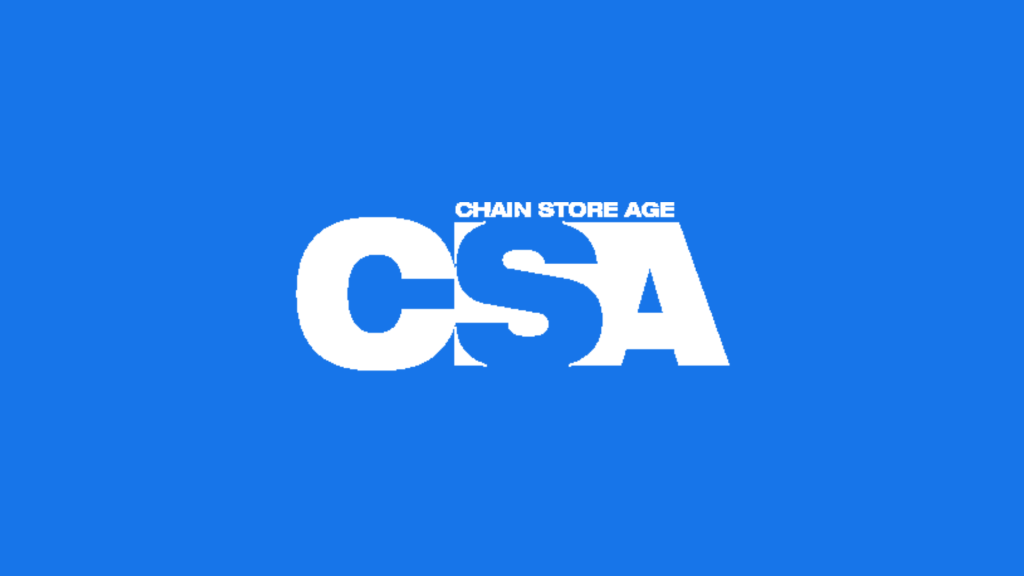by Filippo Gramigna, Onetag
In the run-up to peak shopping season, every retailer is asking the same question: Where can I capture the most attention, at the right time, without overspending?
Most holiday digital marketing campaigns will zero in on the usual suspects: walled gardens, owned media, and major retail marketplaces. But while those channels may be proven, they’re also crowded, expensive, and harder to differentiate in. That’s why the holidays mark a great time to consider the open web.
Retailers who dismiss it as a remnant of the early programmatic era are missing the bigger picture. The open internet is not only full of high-intent holiday shoppers, it’s where many of their journeys begin. The key is knowing how to activate it strategically.
The Open Web: Where holiday intent lives
From gift guides and product reviews to holiday playlists and recipes, the open internet is packed with content that captures the mindset of seasonal shoppers. According to research from The Trade Desk, users spend nearly two-thirds of their digital time outside walled gardens. And the attention on the open web isn’t passive; it’s where consumers go discover products, compare brands, and plan purchases.
For retailers, this represents a massive, underutilized surface area to drive conversions, complement retail media investments, and expand beyond the confines of closed ecosystems.
Retailers know the open internet holds value, but unlocking that value at scale can be difficult without the right tools and strategy in place. Common friction points include:
- Disjointed data and media plans Many retail marketers treat retail media, open web, and offsite channels as separate workstreams, making it harder to manage frequency, control spend, or maximize the impact of first-party data across the full customer journey.
- Limited use of retailer data outside walled gardens First-party data is often under-leveraged beyond owned platforms or retail marketplaces, despite its power to drive precision targeting and high match rates across the open web.
- Inability to act on real-time moments Holiday shopping behavior shifts fast, but many campaigns rely on static domain lists or broad category targeting that can’t keep up with dynamic interest and intent.
These challenges are valid, but they’re also solvable. With the right approach, retailers can connect their data, content, and context strategies to drive stronger performance across the open web this holiday season.
Ways to make the open web perform
Instead of ignoring the open web or treating it as a backup plan, retailers should treat it as a high-potential performance channel. Here’s how to make it work this holiday season:
- Don’t silo your media strategy Retail media doesn’t have to stop at your own site or app. Bringing first-party data into curated open web campaigns can help retailers extend reach, improve frequency control, and offer greater value to brand partners. Offsite strategies also allow retailers to tap into new moments of discovery without cannibalizing onsite performance.
- Leverage first-party data for precision at scale Retailers sit on some of the most valuable audience data in the ecosystem. By activating that data through the right technology platforms, retailers can expand targeting precision at greater scale across the open web. This also creates opportunities to aggregate retailer data with other sources, further increasing addressability and campaign effectiveness.
- Target real-time seasonal moments Holiday shopping behavior shifts quickly. So should your media targeting. From gift guides and reviews to seasonal travel content and inspiration, the open internet reflects
evolving intent in real time. Contextual targeting gives marketers the agility to align creative and messaging with the pages, moments, and mindsets that matter, without relying solely on user IDs.
Retailers are under pressure to make every dollar count during peak season. That means going where the shoppers are and showing up in the places that perform. The open internet isn’t a gamble.
With the right approach, it’s one of the most powerful and undervalued tools in a retail marketer’s toolbox. This year, don’t miss out. Lean into it and watch it deliver.
Orignally Published on: Chain Store Age



